Celebrating World Firefly Day with Homegrown National Park®
Think back to summer evenings from your childhood. Warm air. Bare feet in the grass. Tiny sparks drifting through the dark, blinking in gentle rhythms. Fireflies were part of the magic, a quiet reminder that nature can be full of small wonders.
These days, though, many of us notice fewer fireflies lighting up our yards. It’s true that fireflies are struggling in many places. Habitat loss, pesticides, and light pollution have all chipped away at their numbers.
You may have even seen posts online warning that we could be the last generation to witness fireflies in the wild. It’s a sobering thought, but it doesn’t have to be the end of the story.
Why Fireflies Matter
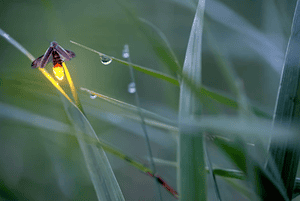
Fireflies, also known as lightning bugs, are more than pretty lights in the dark. They’re important parts of healthy ecosystems:
- Over 2,000 firefly species exist worldwide, and many are at risk.
- Firefly larvae are skilled hunters that help control pests like snails and slugs, keeping soil ecosystems balanced.
- Most fireflies depend on specific habitats such as wetlands, meadows, and forests, where moist soils and natural cover provide food and shelter.
When those habitats disappear, so do fireflies.
What’s Hurting Fireflies
Several forces are putting fireflies at risk:
Loss of Habitat
Lawns replace meadows, wetlands are drained for development, and wild places vanish. Without these natural spaces, fireflies lose places to lay eggs, hunt, and complete their life cycles.
Pesticides
Chemical treatments used for gardens, lawns, and mosquito control don’t just target pests. They also harm beneficial insects like fireflies and the small creatures firefly larvae feed on.
Light Pollution
Fireflies rely on their glow to communicate and attract mates. Bright outdoor lights drown out their signals, making it harder for them to connect and reproduce.
It’s an alarming trend, but there’s still time to change it.
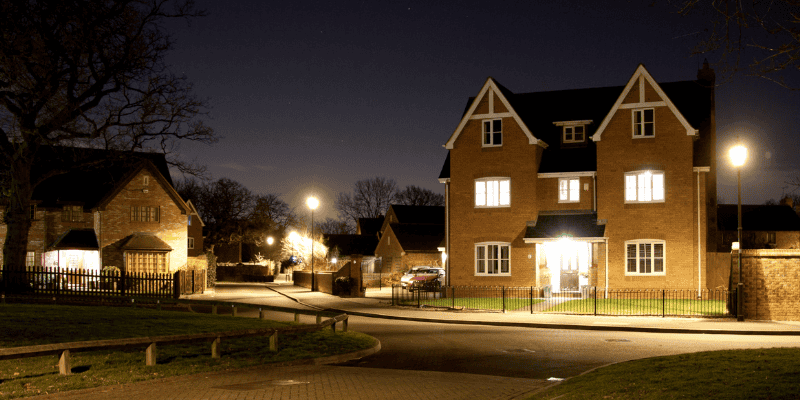
Bright outdoor lights in neighborhoods contribute to light pollution and drown out the glow of fireflies. Turn lights off when possible, use motion sensors, switch to yellow bulbs, and point lamps downward to help keep the night sky and fireflies alive.
A Symbol of Hope
At Homegrown National Park®, we chose the firefly for our logo for a reason. A firefly’s glow might be small, but it cuts through darkness and shows the way forward. That’s how we see every yard or balcony that embraces small changes — as a spark of hope that connects to a much bigger story.
When you help fireflies, you’re also supporting countless other species, from birds and butterflies to the hidden insects and soil life that keep nature thriving. The same spaces that welcome fireflies become havens for all kinds of wildlife and help strengthen biodiversity, making our ecosystems healthier and more resilient.
How to Help Fireflies in Your Yard
Want to help fireflies—and a host of other wildlife—return to your neighborhood? Here’s what makes a difference:
- Plant Native
Native wildflowers, grasses, trees, and shrubs offer food and shelter for fireflies and their prey. Plants like asters and goldenrods support diverse insect life, making your yard a better place for many species. - Dim the Lights
Keep outdoor lights low, and switch to yellow bulbs. Bright white LEDs are especially disruptive to fireflies’ nighttime communication. Turn lights off when you don’t need them, use motion sensors so lights only come on when necessary, and point lamps downward to reduce light spilling into the sky and nearby habitat. - Reduce Pesticide Use
Consider skipping chemical treatments on lawns and gardens. Pesticides meant for pests often harm fireflies and the insects they rely on for food. - Skip Mosquito Fogging
Mosquito fogging doesn't just kill mosquitoes. It is deadly for fireflies and many other beneficial insects. Instead, try the Mosquito Bucket Challenge for safer mosquito control that targets larvae without harming other wildlife, your pets, or your children. - Leave Some Leaf Litter
Firefly larvae live in moist soil and leaf litter. Leaving natural mulch or fallen leaves creates habitat for the next generation. - Leave Decaying Wood
Rotting logs, stumps, and branches provide shelter and moisture that firefly larvae (and many other insects) need to survive. - Establish No-Mow Zones
Fireflies spend much of their lives close to the ground. Setting aside low-traffic areas where plants can grow undisturbed gives them space to thrive. - Maintain Moist Spots
Fireflies often lay eggs in damp places. A small water feature or natural wet area helps keep your yard firefly-friendly.
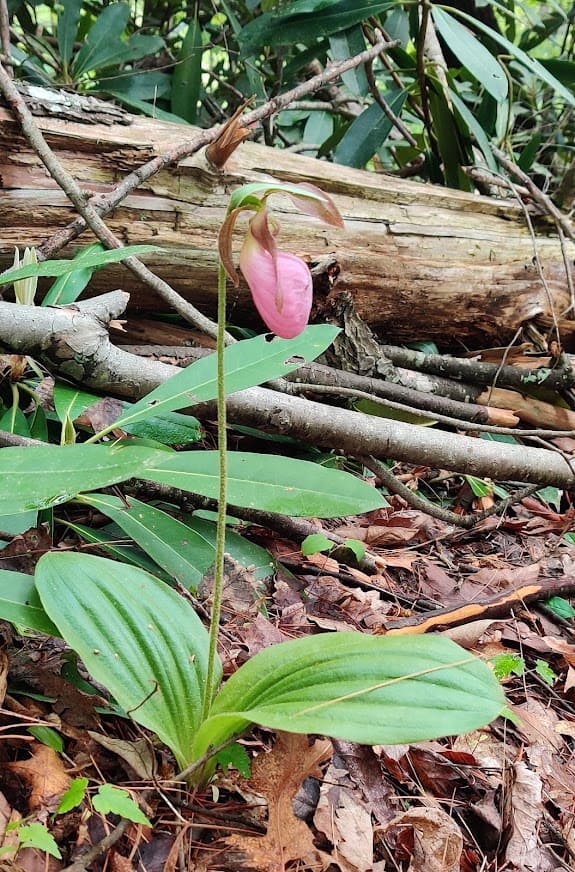
Leaf litter and decaying wood provide habitat that fireflies and many other beneficial insects need to survive. Photo by Tim Spaid.
A Future Full of Light
It’s true that fireflies face serious challenges. But it’s equally true that our choices can bring them back.
We don’t have to be the last generation to see fireflies. We can be the generation that helps them return, lighting the way for countless other species along with them.
And our firefly isn’t just our logo. When you see the rewards of your native planting, you will light yourselves and others up.
Add your efforts to the Homegrown National Park Biodiversity Map and be part of the growing movement to bring nature home, one yard at a time.
Let’s keep our nights glowing—for fireflies, and for the wonder of nature itself.

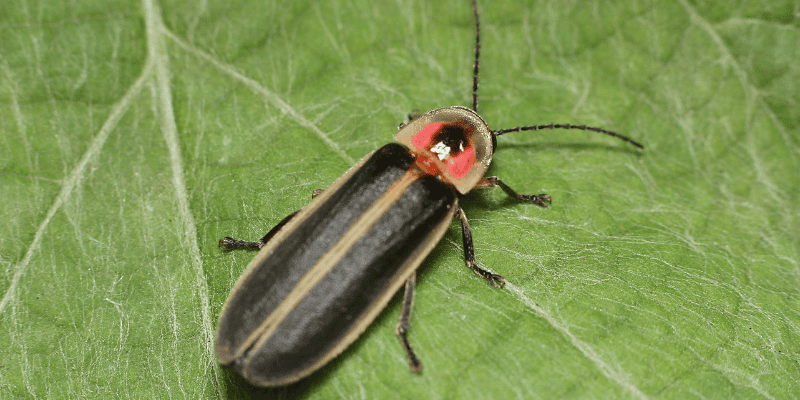
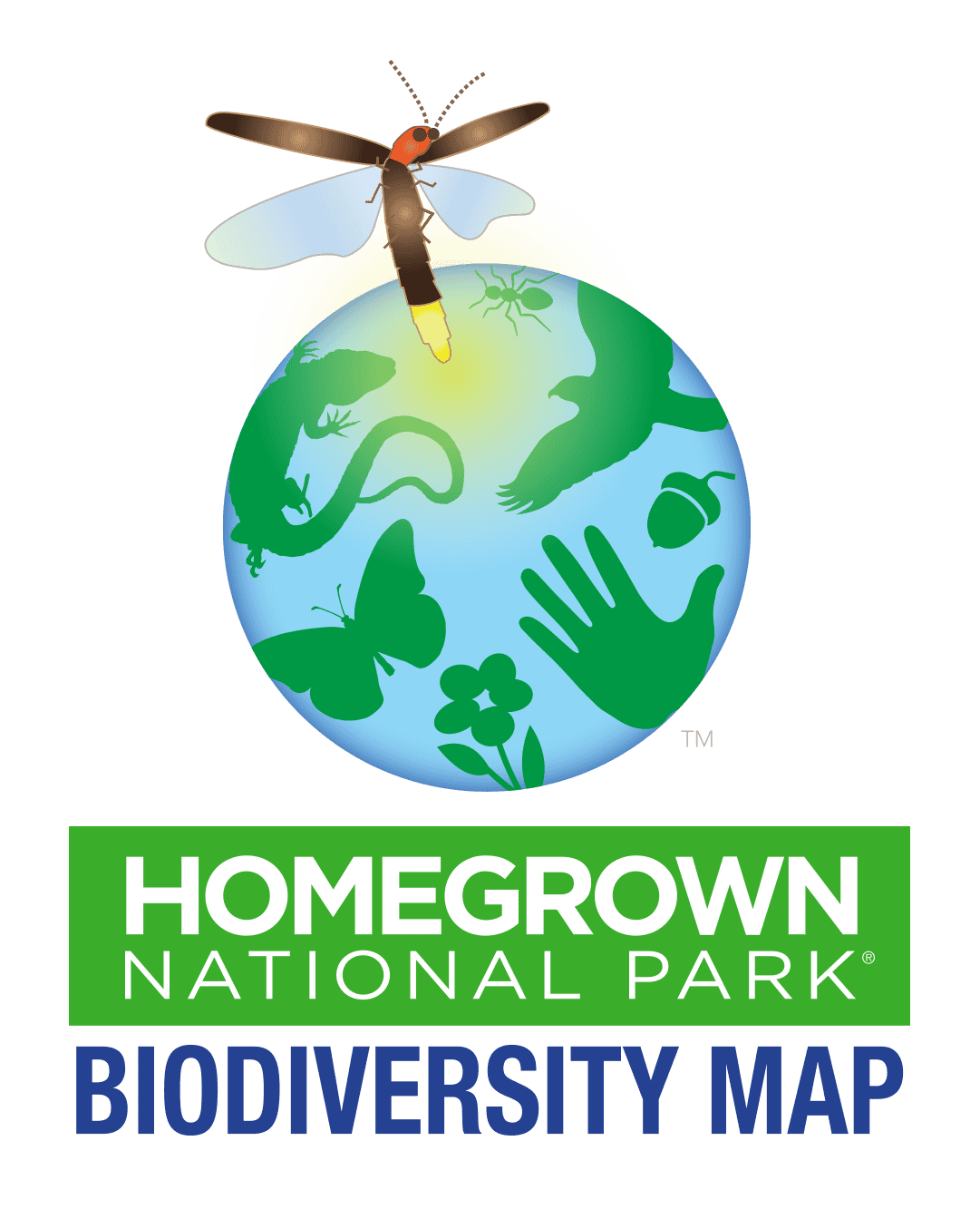
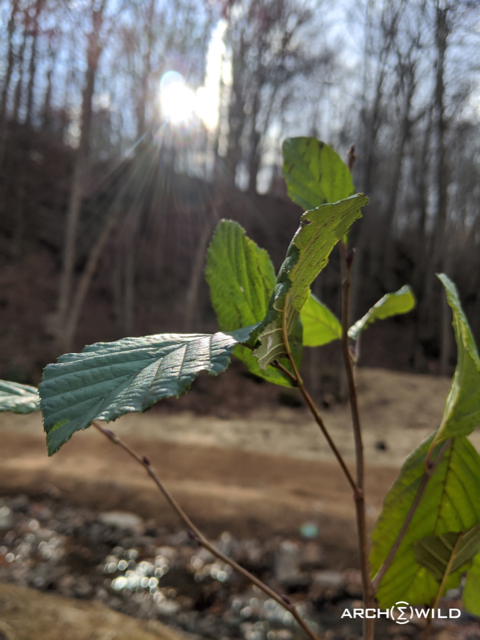
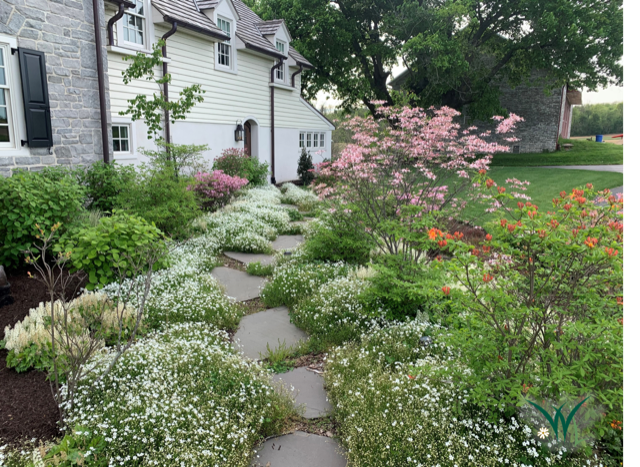
I have more fireflies in my yard this year than in recent years. Last year and this spring I left more leaf litter than I normally do (I always left some) and I’m wondering if that is why more are flitting around.
We are so fortunate to have fireflies each year around our home. We have seven acres – we have our mown area close to the house and the rest is divided into a field for hay and a field that is left to grow wild until late fall when it too is mown for bedding for animals. There is a wetlands area at the bottom of the field. I love watching them, so magical! We also have lots of wildlife visiting and bullfrogs that we hear in the evening.
Before I go to sleep each night, I go out and look at the hundreds of fireflies in my wooded yard. From the ground to the tops of the tallest trees – they’re everywhere. It amazing and calming and a great thing to do to prepare for a restful sleep.
“So for the last two years I’ve been trying to bring back fireflies to my garden. In the Fall I left leaf litter in my beds and cut back stems higher which allowed them to lay eggs in a more friendly environment. In the Spring I didn’t clean up the beds until later which gave time for the eggs to hatch. Last night I saw lots of fireflies in the garden and it was magical.”
I posted this on my Facebook page and there were a lot of comments and “likes”. Hopefully some of those reading this will be spurred on to try to help the fireflies.
I have done everything on your list of recommendations, and am rewarded with fireflies – not thousands yet, but certainly hundreds. Such a wonderful sign of summer!
My yard is full of fireflies at night ,, From the front yard with all the native bushes to the backyard which has a 200′ opening by a 800′ long with untouched woods on both sides. I mow an 8’strip down both edges and let the rest grow wild. mowing it down in late November before the snow sets in.. Thousands and thousands of fireflies. feels like heaven to see them every night.. Pete